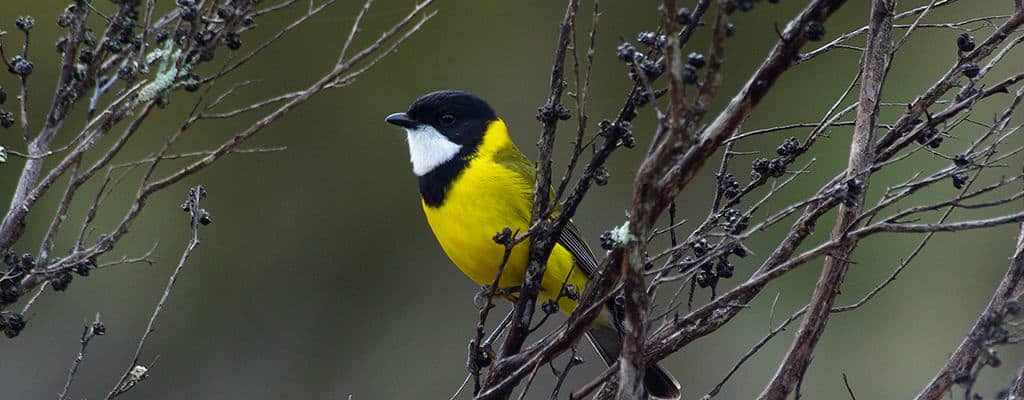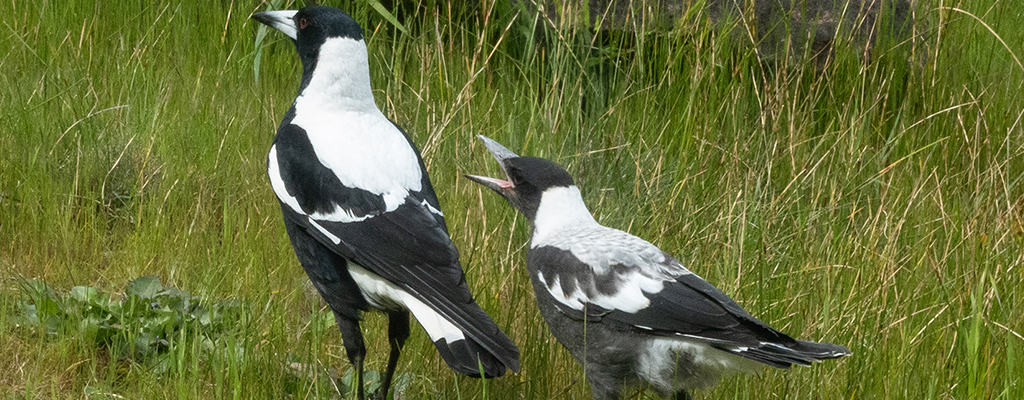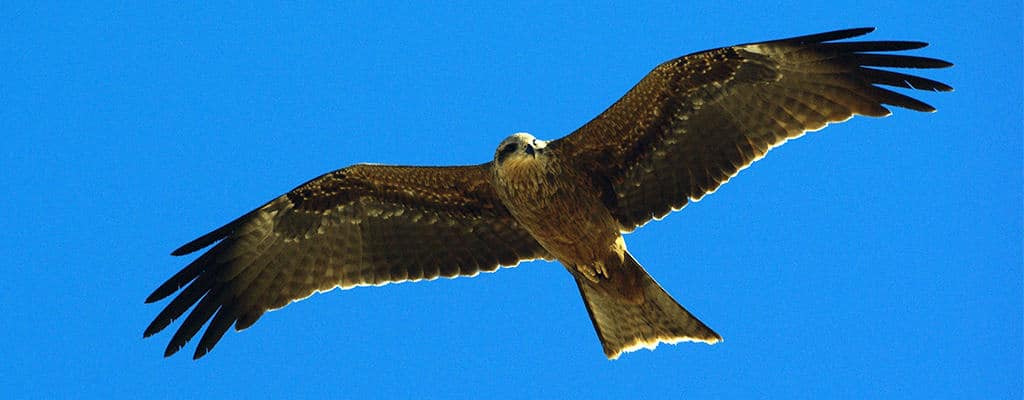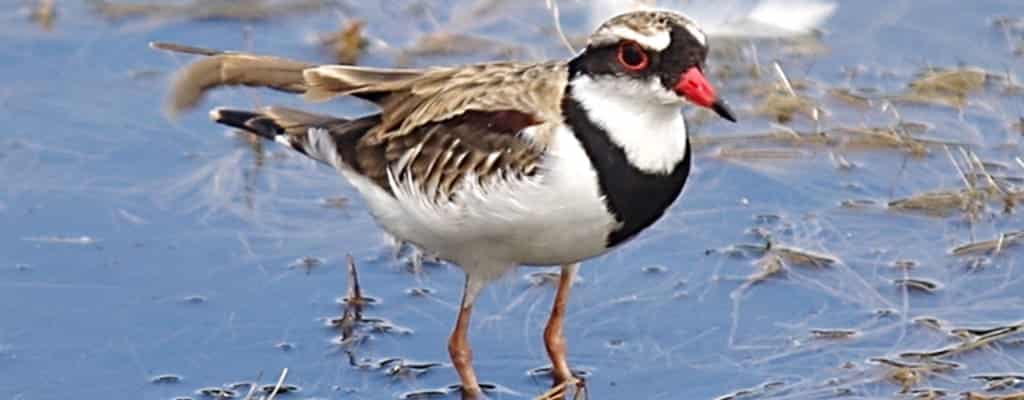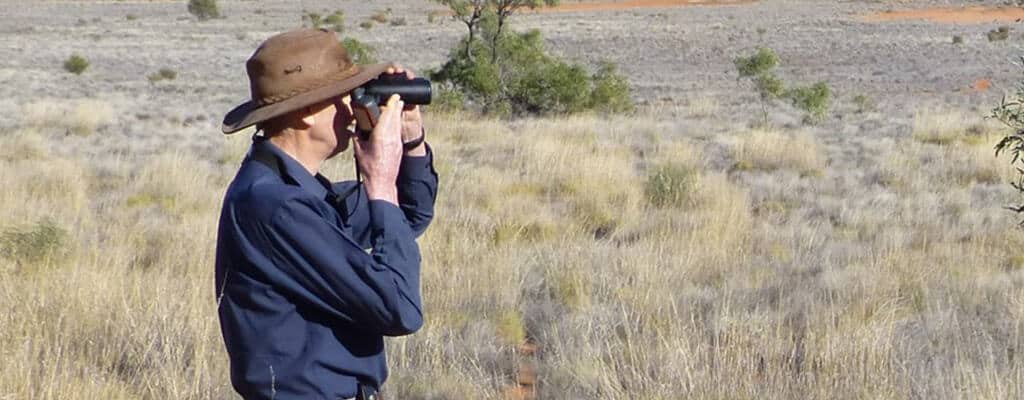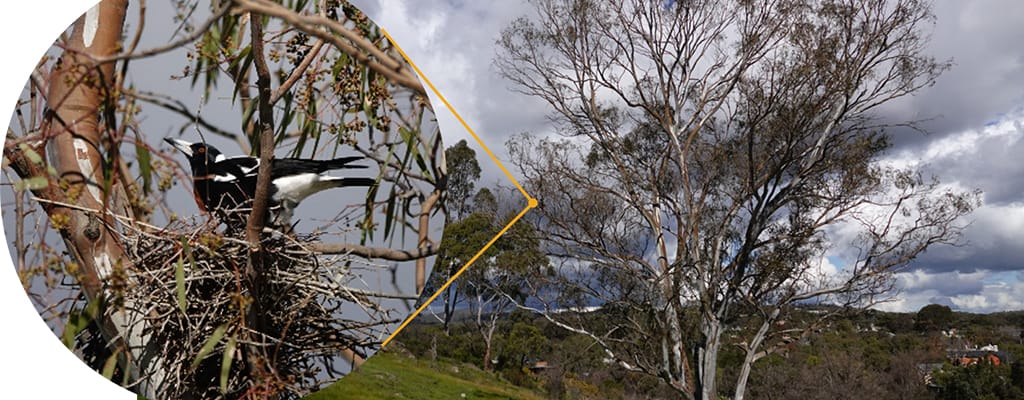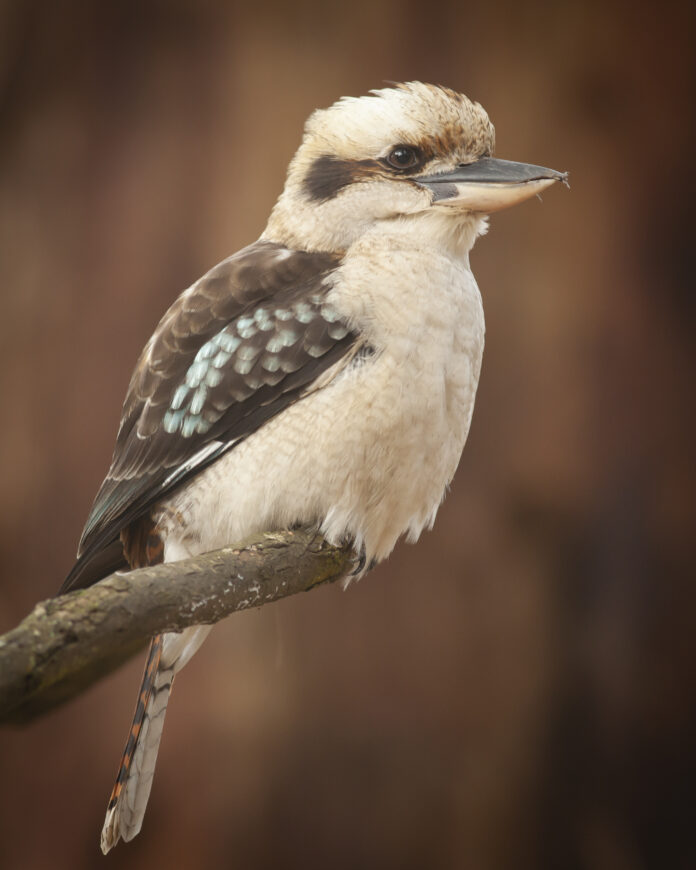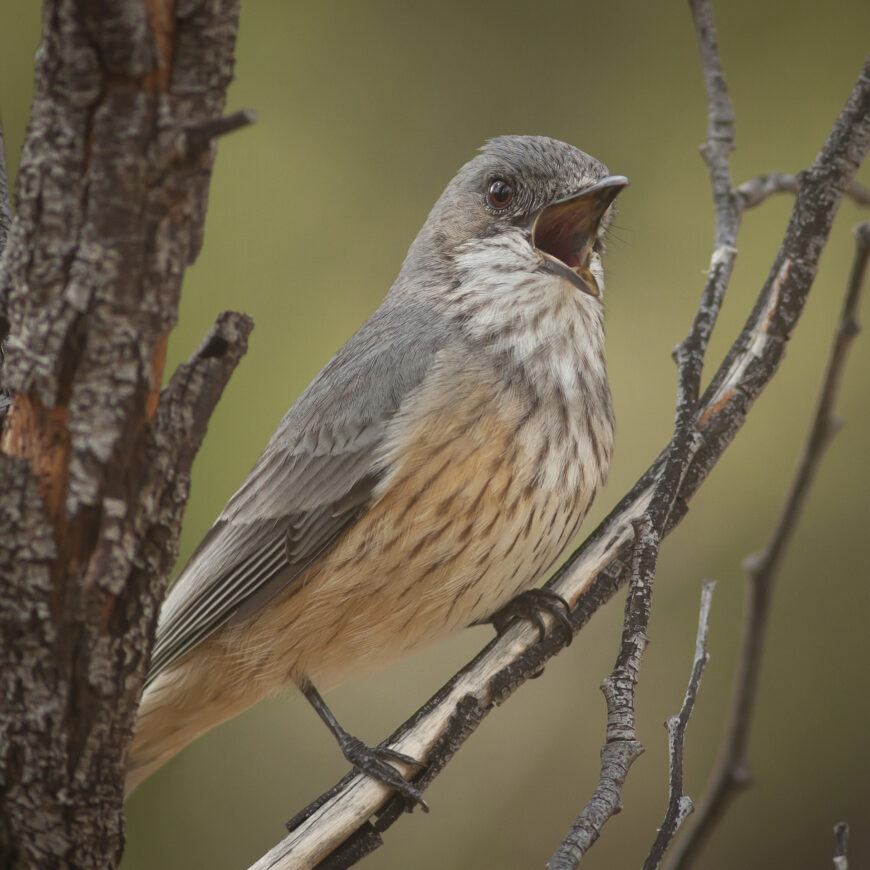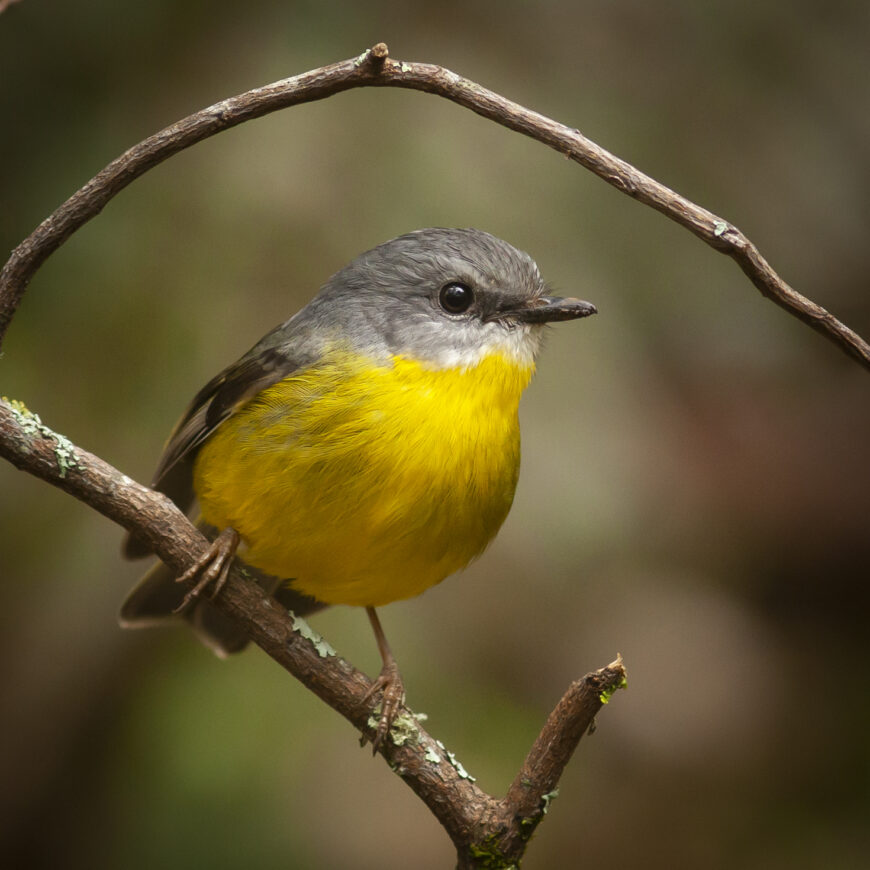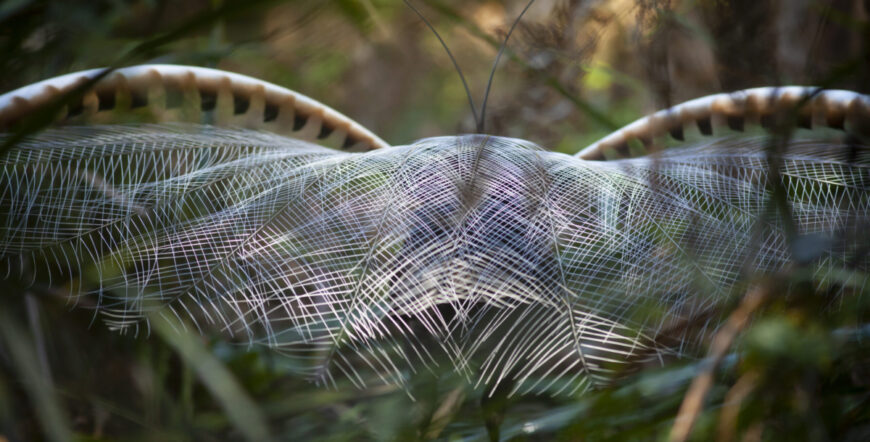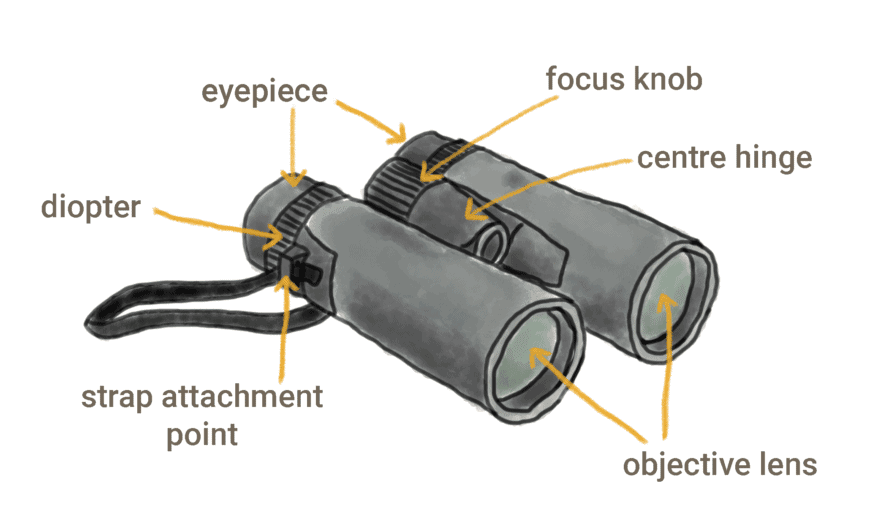Being a birdwatcher isn’t actually about having all the gear and knowing all the birds. Birdwatching really is just…watching birds!
Having special equipment and knowing birds really well is wonderful and can take the experience to another level. But the simple act of watching and admiring birds makes you a birdwatcher too.
One of the wonderful things about watching birds is that it brings you into the present moment. If a bird appears, now is the time to observe it because in a moment, it could be gone.
Birding is such an engaging way to bring new excitement to your adventures in nature. It’s also a wonderful way to learn more about where they live in and the way they behave in their neighbourhood.
If you’re keen to give birdwatching a go think ‘watching birds’ as your starting point. Try the tips below to make it easier and fun.
Let’s go birding
If you’re keen to get birding, try spotting, observing and identifying five different species on your next adventure. Then you can slowly step it up over time.
You can help look after birds by always making sure your birdwatching is ethical.
